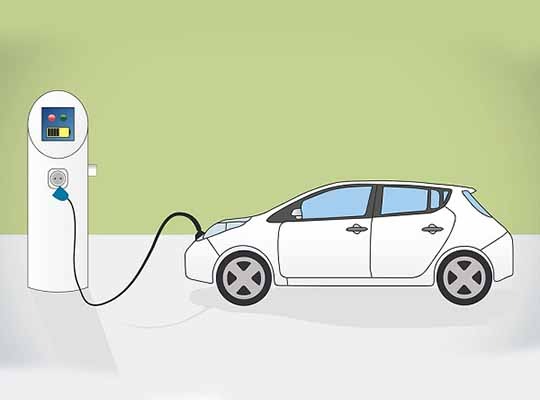In a new policy that will advantage electric motorcycle and scooter customers, the Central government has risen the subsidy under the second phase of the FAME India scheme on electric two-wheelers by 50 percent, making them more affordable. In a notification issued on June 11, 2021, the Ministry of Heavy Industries and Public Enterprises stated that the subsidy will now be Rs 15,000 per kWh for electric two-wheelers under FAME India phase II. Earlier, it was Rs 10,000 per kWh. Moreover, the increase in subsidy for an electric two-wheeler will be 40 percent of its cost.
Views on FAME II Policy by Mr. Uday Narang, Chairman, Omega Seiki Mobility said “As you are aware about the union government announcing modification in India’s ambitious scheme to promote electric mobility and also allotting the electric three-wheelers and electric buses component of the marquee Faster Adoption and Manufacturing of Hybrid and Electric Vehicles (Fame) scheme to state run Energy Efficiency Services Ltd (EESL).”
Commenting on the same Mr. Uday Narang, Chairman, Omega Seiki Mobility said “Electric vehicles (EVs) are costlier than traditional vehicles with internal combustion engines (ICE). This revolutionary step by the Govt. to subsidize electric three-wheelers, two-wheelers, passenger vehicles and buses will provide the much-needed impetus in faster adoption, thus helping greatly in building up the ecosystem of EV’s in India. We at Omega Seiki Mobility strongly support this initiative. It is a major incentive for Make-in-India local manufacturers like us, enabling us to bring more and more EVs of various segments to the country. This will notably make India a significant player in the EV Industry”
N Venu, CEO and MD, Hitachi ABB Power Grids in India said “Making EVs more affordable is a positive move but the policy has to also account for the ecosystem that enables EVs. Charging infrastructure development requires a significant boost in the country through government support and intelligent power technologies. If the country is to achieve its 30 percent EV adoption target by the end of the decade, it will have to operationalize a nationwide network of accessible charging infrastructure.
Venu Added “In the new normal, we have to build smart and profitable arterial mass transit systems that can ensure clean air and decongested roads. Today we have flash chargers that can top up buses in seconds as passengers get on and off the bus, ensuring less battery and more people occupy buses. We have to encourage adoption. Upscaling of the power grid must also happen in tandem to handle the mammoth energy demand e-mobility will usher. To make India an EV nation by 2030, we have to clean, green, and strengthen our power grid.”
In March 2015, the Department of Heavy Industry that comes under the Ministry of Heavy Industries and Public Enterprises had released the Faster Adoption and Manufacturing of Hybrid and Electric Vehicles in India (FAME India) scheme with an expenditure of Rs 795 crore to encourage electric mobility. The first stage of the FAME India scheme began on April 1, 2015, for two years. While various extensions were permitted, the final one was sanctioned till March 31, 2019, with a rise in the total expenses to Rs 895 crore.
The second stage of the FAME India scheme began on April 1, 2019, for three years with a total expenditure of Rs 10,000 crore. Under FAME India phase II, the government intends to support 10 lakh electric two-wheelers, five lakh electric three-wheelers, 55,000 electric four-wheelers, and 7,000 electric buses through subsidies and produce charging infrastructure for EVs across the nation.















